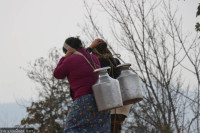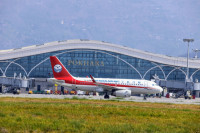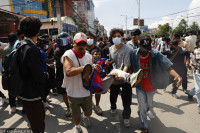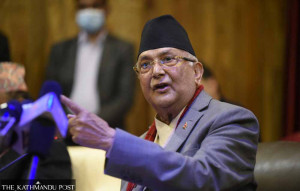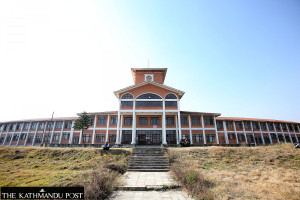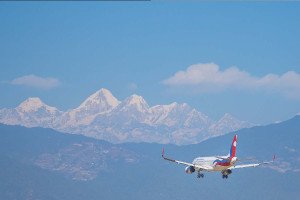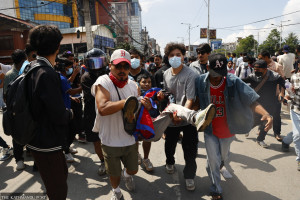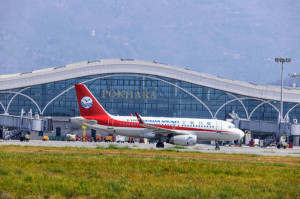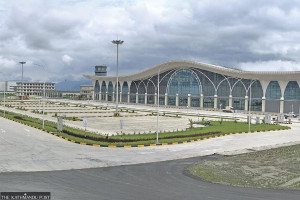Editorial
Growing concrete expanse
Unless the necessary steps are taken, nothing will prevent an urban catastrophe.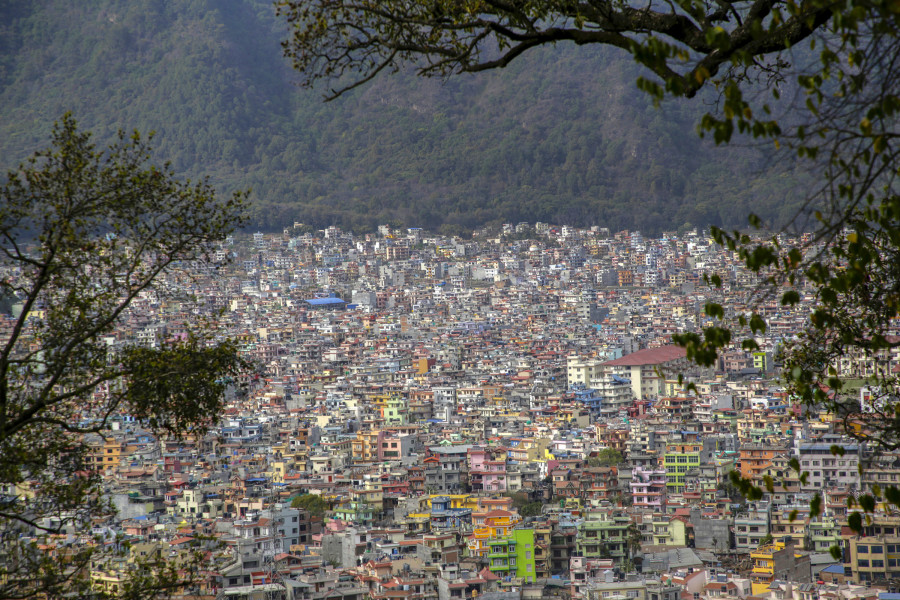
Due to ample economic opportunities, cities have the alluring power to pull people from far-flung areas who come with hopes of alleviating their economic concerns. However, the concentration of people within a limited space has far-reaching consequences for both regions that undergo an exodus and areas that experience an extensive influx. We are currently seeing cities in Nepal undergoing a rapid urban transformation in a matter of a few years. They are losing their abundant green spaces and turning into a vast expanse of concrete structures built haphazardly devoid of any practical procedures or plans.
Every available piece of open land has been acquired at exorbitant rates, sometimes rivalling land prices in the developed nations; and the irony is that the high prices never seem to act as a deterrent for people wanting to grab whatever piece of land that is on offer—not for any other purpose but to fill it with some concrete structure. The ever-shrinking green space and the increasing concrete cover has brought a whole host of problems. Of the many, one that is a recurring seasonal problem concerns the widespread inundation of areas across cities.
With very little green space left to absorb rainwater during the monsoon, this excess water with no other outlet tends to remain on the ground, inundating areas and causing a lot of damage and inconvenience. With increasing rainfall, urban flooding will likely be a regular occurrence. Despite this, no practical measures have been adopted to overcome this menace. For long, the authorities have turned a blind eye to finding any meaningful resolution to this recurring problem. Overflowing manholes, open sewers, and floating litter are all but a common sight during the monsoon.
Over the years, Kathmandu has seen the fastest expanse of concrete structures, so much so that people have resorted to building concrete structures along river banks; this is proof of the level of negligence on the part of the authorities. Settlers have been given a free hand to settle along the river banks, but they suffer the most when the rivers breach their banks. Of the 29,000 landless people in Kathmandu Valley, as data available from 2019 shows, a staggering 8,000 families live along the banks of the Bagmati alone. Yet, successive governments have remained deaf, blind and mute to the issue of resettlement.
If not checked immediately, the growing concrete cover will only aggravate the existing problems further. As it is, residents in Kathmandu face acute water shortages for their daily needs. But with no structured policy in groundwater preservation, the worst scenario awaits us in just a matter of time. There is a necessity for intervention at the highest level across various government departments, and unless we see the necessary steps being taken, there is nothing that will prevent an urban catastrophe.




 8.12°C Kathmandu
8.12°C Kathmandu

